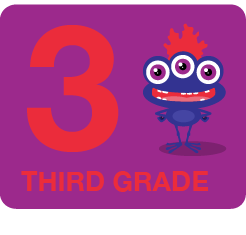Adverbs are like special helpers for verbs, adjectives, and other adverbs. They often tell us how, when, where, or to what extent something happens. For example, in the sentence "She ran quickly," the word "quickly" is an adverb that tells us how she ran. Adverbs can also tell us things like time (e.g., "He will arrive soon"), place (e.g., "The dog is outside"), and frequency (e.g., "They always play soccer on weekends"). Many adverbs end in "ly," but not always. They make sentences more interesting by giving extra details!
Sharpen your students' understanding of adverbs with this fun-filled worksheet. They'll first learn to identify adverbs, and then they'll underline adverbs in various sentences. But that's not all. They'll also create their own sentences using three specific adverbs.
Teaching adverbs to young kids involves helping them understand that adverbs describe actions or verbs, and sometimes adjectives or other adverbs. An easy way to recognize adverbs is that many of them end in "ly." Use engaging activities and games to demonstrate how adverbs indicate how, when, where, or to what extent something happens. For example, show them the difference between "He runs" and "He runs quickly." Regular practice and reinforcement can help solidify their understanding.
Polishing Your Adverb Usage Skills
GRADES:

Additional Educational Resources:
Compound Cupcake - Making Words Together: Exploring Compound Words
Mastering Adjectives: Exploring Synonyms for Good and Bad
Back in Time: Past Tense
Nonfiction Graphic Organizer: Organize Your Thoughts

